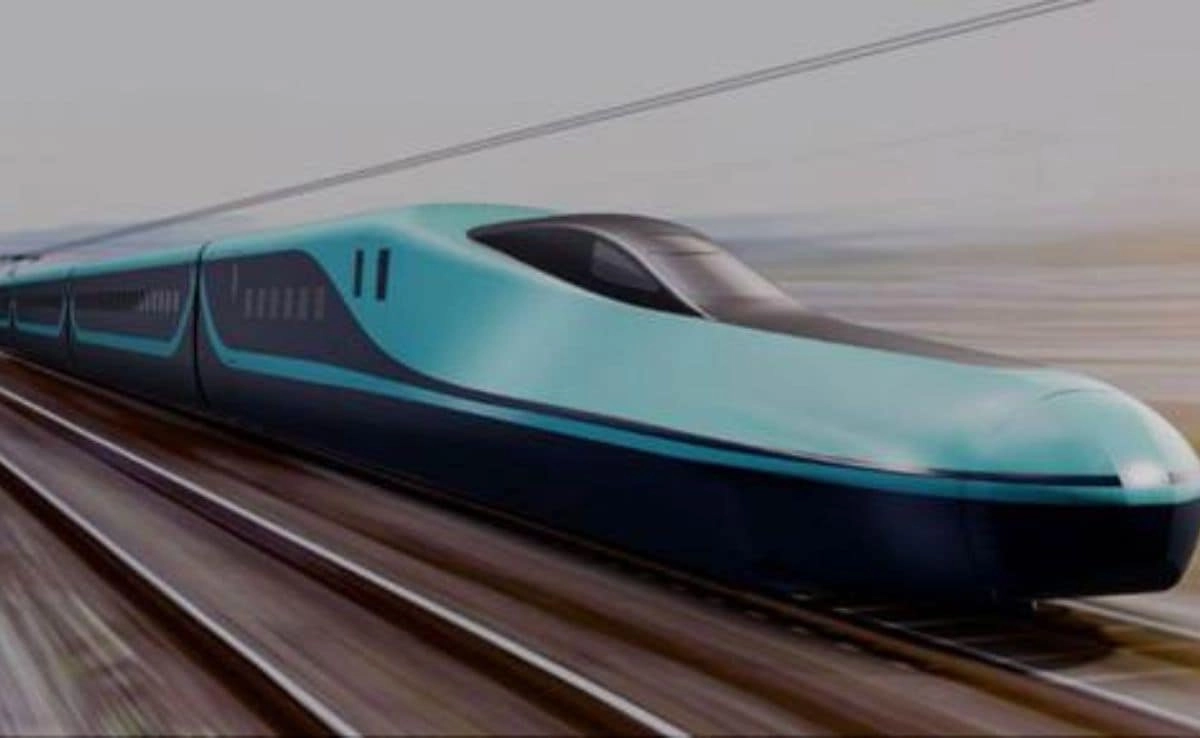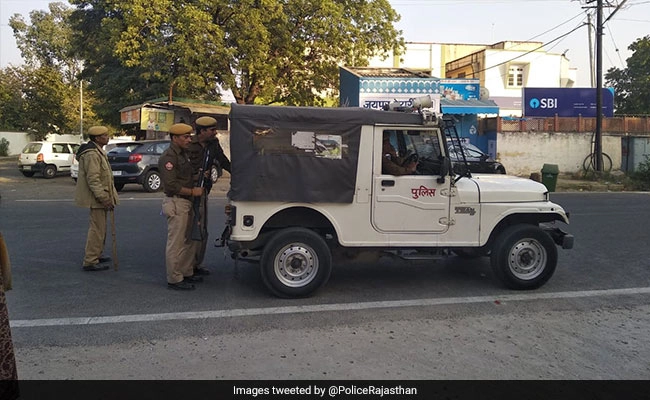The highly anticipated Mumbai-Ahmedabad Bullet Train project is set to make significant strides as the first section is scheduled for launch in December 2027. This ambitious high-speed rail initiative aims to revolutionize travel between two of India’s major economic hubs, significantly reducing travel time and enhancing connectivity. The bullet train, which is expected to cover the distance of approximately 508 kilometers at speeds of up to 320 kilometers per hour, will drastically shorten the travel time between Mumbai and Ahmedabad to just a few hours, compared to the current lengthy journey that can take up to 8 hours by conventional trains.
The Mumbai-Ahmedabad Bullet Train is not just a transportation project; it represents a monumental leap in India’s infrastructure development. This project is expected to spur economic growth in the regions it connects, providing a catalyst for urban development and creating job opportunities. The construction process involves advanced technology and international collaboration, particularly with Japan, which is providing both financial support and technical expertise. This collaboration highlights a significant step in India’s efforts to modernize its transport infrastructure and adopt high-speed rail technologies.
Moreover, the bullet train is designed with state-of-the-art amenities to provide a comfortable and efficient travel experience for passengers. It aims to integrate seamlessly with existing transport networks, promoting an eco-friendly mode of travel that can help alleviate road congestion and reduce carbon emissions. As the project progresses, it is anticipated that the bullet train will not only enhance passenger convenience but also position India as a key player in the global high-speed rail landscape. With the project on track for its December 2027 launch, all eyes will be on the developments leading up to this milestone, as it promises to reshape the future of intercity travel in India.




